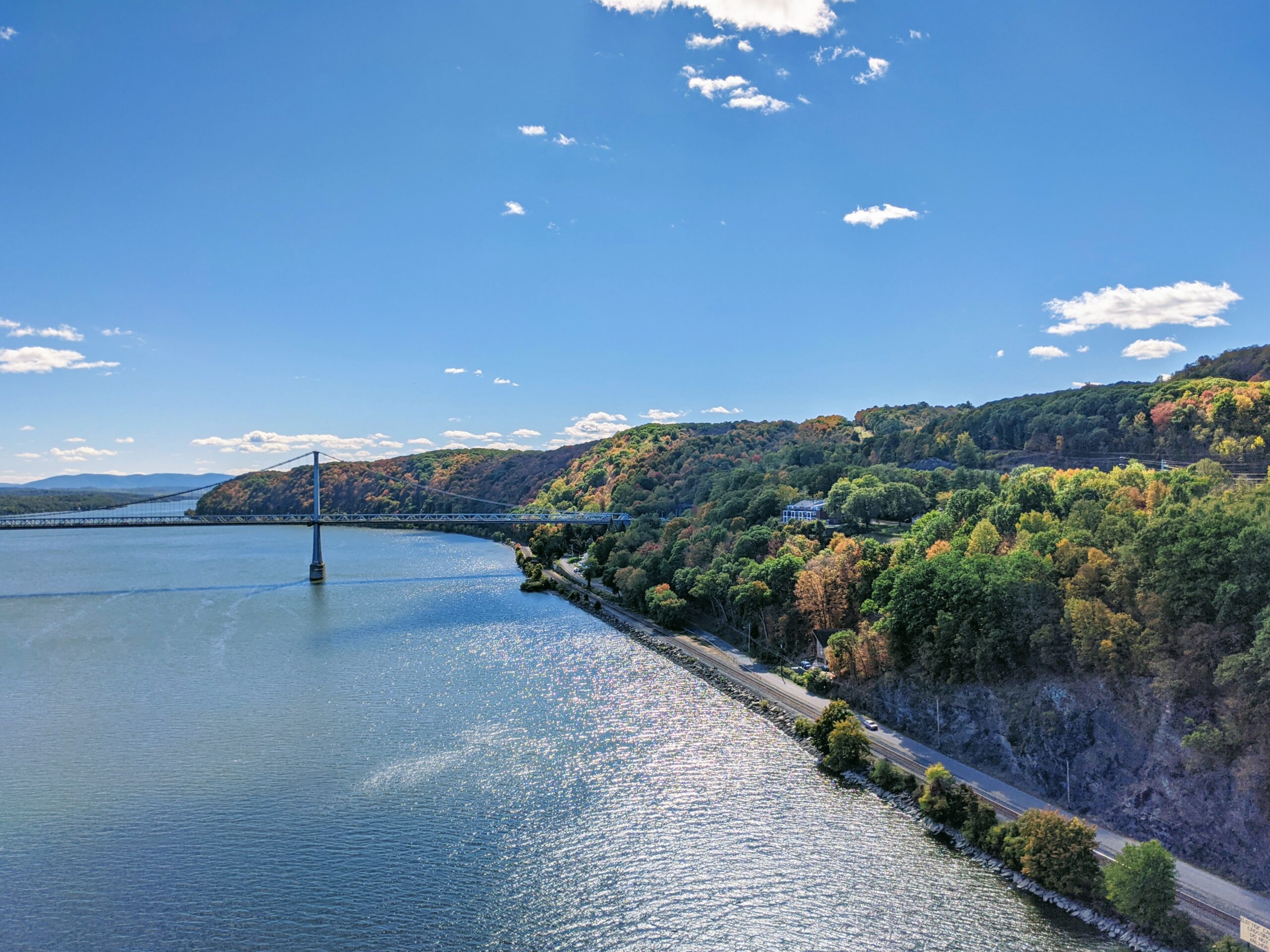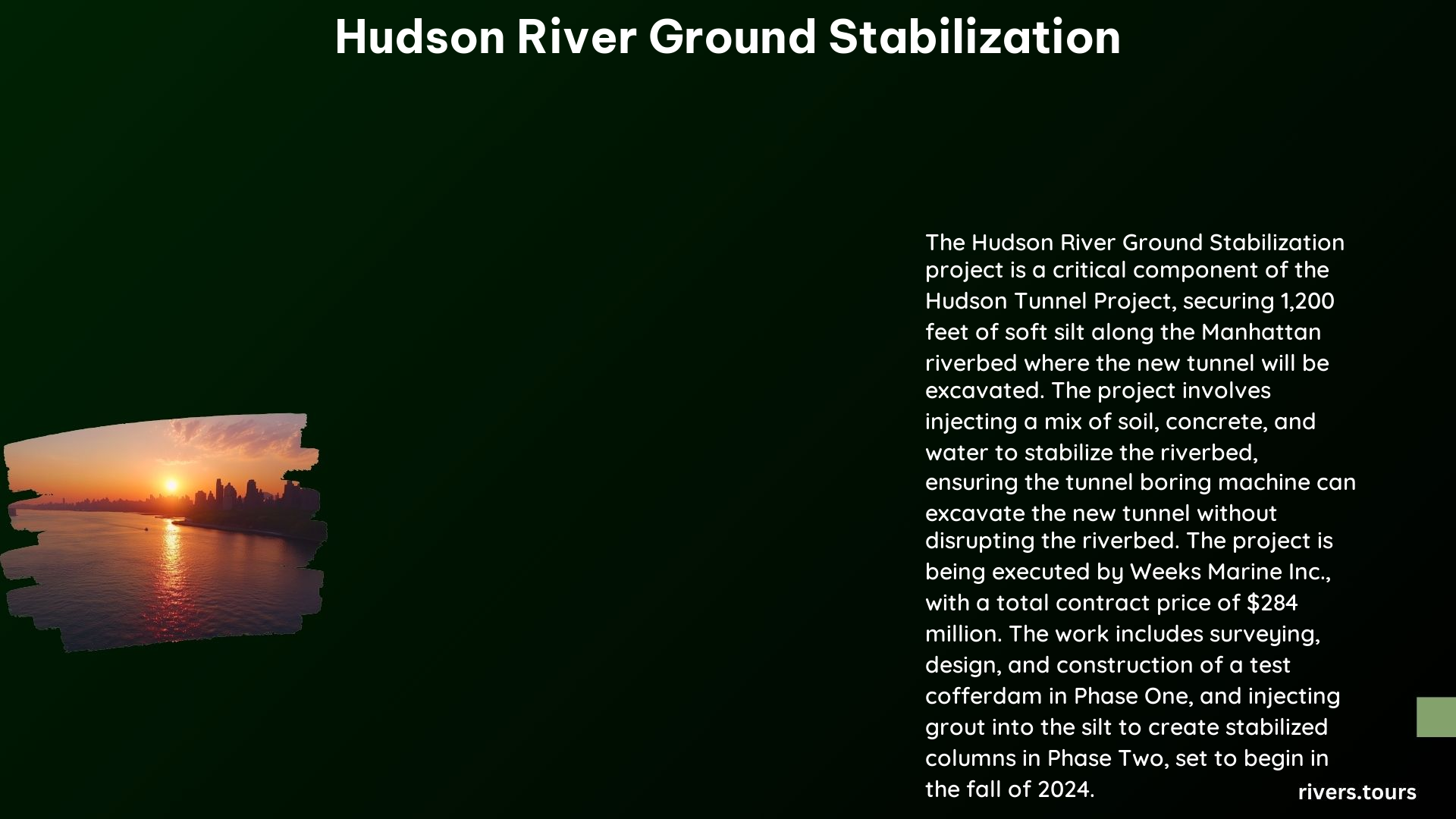The Hudson River Ground Stabilization project is a comprehensive effort to restore and stabilize the shoreline and wetlands along the iconic Hudson River. This project aims to revitalize the river’s ecosystems, mitigate erosion, and enhance the overall ecological function of the region.
What is the Scope of the Hudson River Ground Stabilization Project?

The Hudson River Ground Stabilization project focuses on three primary objectives:
-
Restoration of Tidal Wetlands and Shallow Habitats: The project aims to restore tidal wetlands and shallow habitats, which are essential for maintaining biodiversity and ecosystem health. This includes the creation of natural shorelines, wetlands, and shallows that support native vegetation and wildlife.
-
Erosion Control and Shoreline Stabilization: The project involves the use of engineered approaches to limit erosion along sheltered shorelines. This includes the use of techniques such as soil bioengineering, which incorporates vegetation to stabilize the soil and prevent erosion.
-
Enhancing Ecological Function: The project aims to enhance ecological function by creating habitats that support a diverse range of plant and animal species. This includes the restoration of natural habitats, such as wetlands and shallow water areas, which provide critical habitat for fish, birds, and other wildlife.
What is the Timeline for the Hudson River Ground Stabilization Project?

The timeline for the Hudson River Ground Stabilization project is not explicitly stated, but it is clear that the project is ongoing and involves multiple phases:
-
Planning and Design Phase: This phase involves the development of detailed plans and designs for the restoration and stabilization of specific areas along the Hudson River.
-
Implementation Phase: This phase involves the actual implementation of the restoration and stabilization measures, including the construction of engineered structures and the planting of vegetation.
-
Monitoring and Maintenance Phase: This phase involves the ongoing monitoring and maintenance of the restored areas to ensure their continued health and stability.
What are the Environmental Considerations for the Hudson River Ground Stabilization Project?
The Hudson River Ground Stabilization project involves several environmental considerations to minimize impacts on local ecosystems:
-
Potential Impacts on Local Ecosystems: The project may have potential impacts on local ecosystems, including the disruption of habitats and the disturbance of wildlife. However, these impacts are minimized through careful planning and the use of environmentally friendly techniques.
-
Mitigation Strategies: Mitigation strategies include the use of natural and engineered approaches to stabilize shorelines, the restoration of natural habitats, and the implementation of measures to minimize disturbance to wildlife and their habitats.
-
Compliance with Environmental Regulations: The project must comply with environmental regulations, including those related to water quality, wetland protection, and endangered species. This includes obtaining necessary permits and approvals from regulatory agencies.
